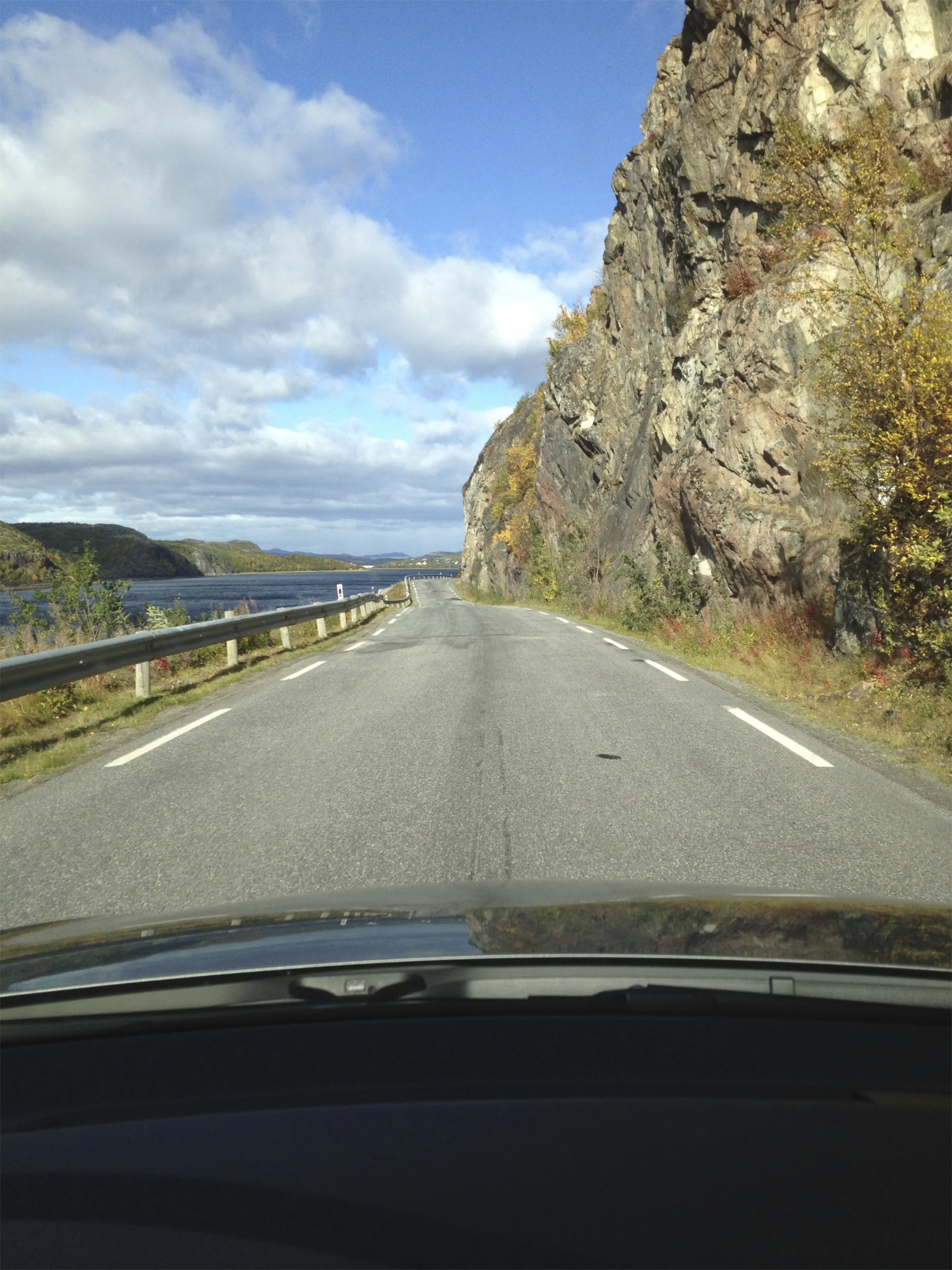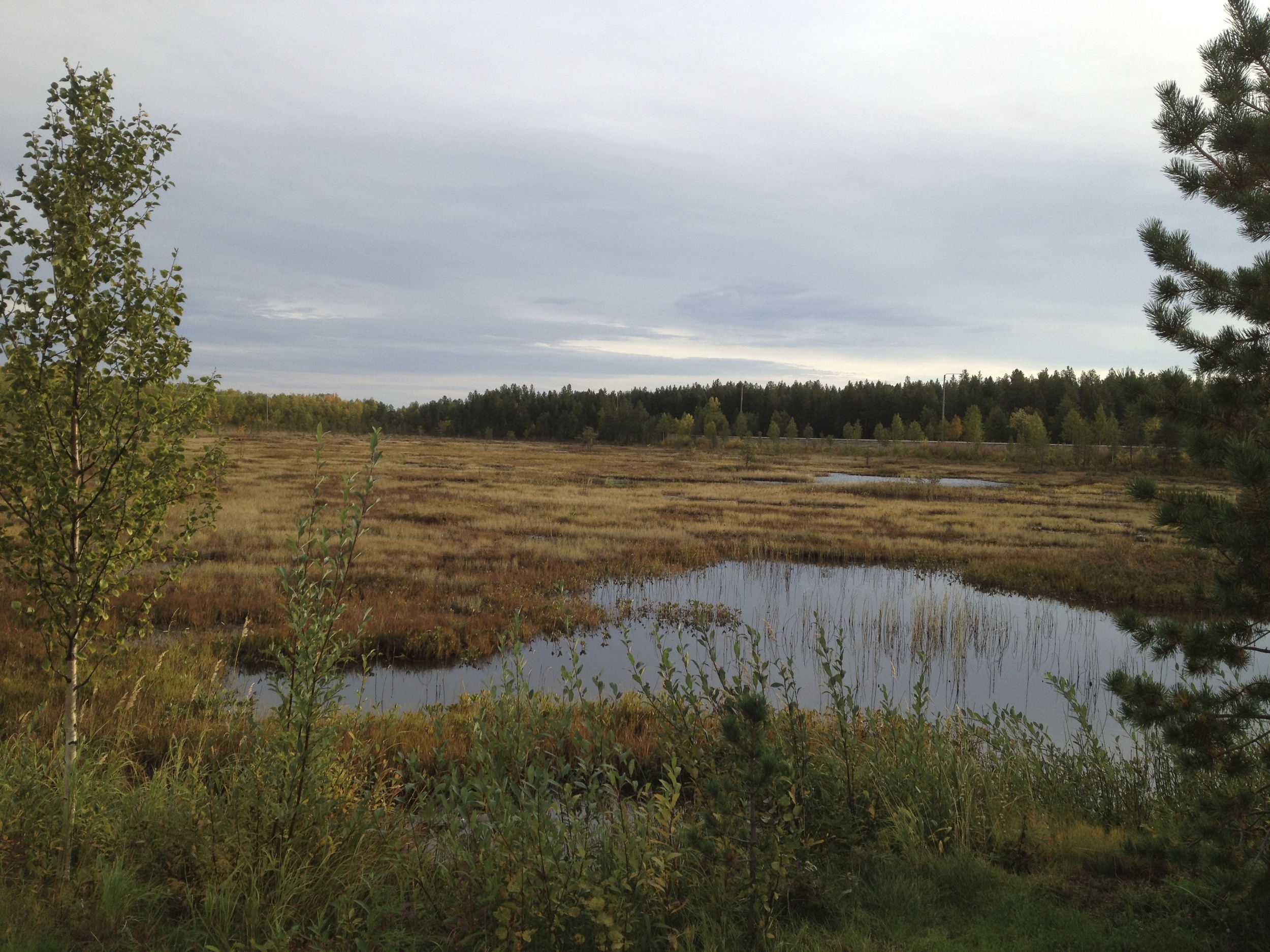At 8am I was at the Samisiida museum with curator Aile Aikio. What a wonderful time! She and I had emailed quite a bit over a year ago, and I was quite looking forward to meeting her. Every once in awhile you meet someone who has the right job, enjoys it and excels at it. Aile is such a person. She has a finger on the pulse of the Inari community. She interviews elderly in senior centers; she collects stories; she collects materials. As a result, she has so much information about so many aspects of the Sámi life. One undesirable effect of this knowledge is "ethno-stress" -- the stress of knowing all the history and "right" ways to do things. Does the life of Sámi culture depend on them? Sometimes it feels so. It can be a heavy weight to bear.
Happily, one area she knows much about are Sámi mittens from her area. Before I talk mittens, however, let me educate you about the Sámi in Finland. The museum had exhibits on both of the following sub-groups and had mittens from both as well.
The Sámi peoples have about 9 subgroups. Most of these subgroups have a wide land area. Only one of these sub-groups is within one country only, and that is the Inari Sámi. They are found within Finland, around Lake Inari. They herd reindeer near the lake and enjoy other lake activities. Their national costume has green in it, not common with most other sub-groups. Likewise, their mittens often have green.
The other Sámi sub-group mostly found within Finland, the Skolt Sámi, have their original homeland divided between Norway, Finland and Russia. Approximately half of it is in Russia. Around 1935, they were instructed by the Russian government that the borders were closing: get out or stay. Most left, but were allowed back in a year later.
In 1947, they were told again: get out or stay. Most left to Finland. They have never been allowed back in. The majority of those who remained in Russia were collectivized and moved to the town of Lovozero. Their reindeer were seized and collectivized as well. Much of their culture was destroyed. Less than 2,000 Skolt Sámi remain in Russia.
Of those that remained in Finland, many settled in Sevettijarvi, north of Lake Inari. You must understand, that the Skolt Sámi living in Russia for 100s of years were influenced by the Russian majority. Many have Russian last names, wear Russian influenced outfits, and are Russian orthodox by faith. They, however, are not Russian.
As a generality, Finns hate Russians. The Finns have had bitter conflicts and many wars with their giant, overbearing neighbor to the East. Russia has so many people and so many resources compared to this small neighbor, so naturally, they almost always won. So, when Russian speaking Skolt Sámi fled to Finland, the Finns didn't exactly greet them with open arms. When Skolt Sámi moved near lake Inari, the Inari Sámi weren't exactly thrilled either. The Sámi peoples have been discriminated against by their majority cultures for over 100 years. Now the discrimination was within their community. As a result, the Skolt Sámi were treated as the lowest of the low.
Their culture is fascinating, though. Sevettijarvi has a beautiful small orthodox church, reindeer, lakes and birch trees. The traditional women's costume includes the old horn hat, long skirts and shawls. The men wear Western dress and were the first of the Sámi peoples to drop traditional clothing. The women stopped wearing the reindeer skin leggings, and so became the only Sámi people to wear knit socks in the traditional costume.
The Skolt Sámi have distinctive mittens. Most of them are plain on the hand and patterned only on the cuff. The patterning is every other stitch, with the stitch inbetween in the base color. Many of the patterns have names, as well: ptarmigan's foot, boat's bow, and netting. As you may guess, fishing and bird trapping are a part of everyday life.
Unfortunately, I don't have a picture of the museum. Here are some pictures of the parliament building just around the corner. I've read somewhere that it is shaped like a reindeer bone.

































